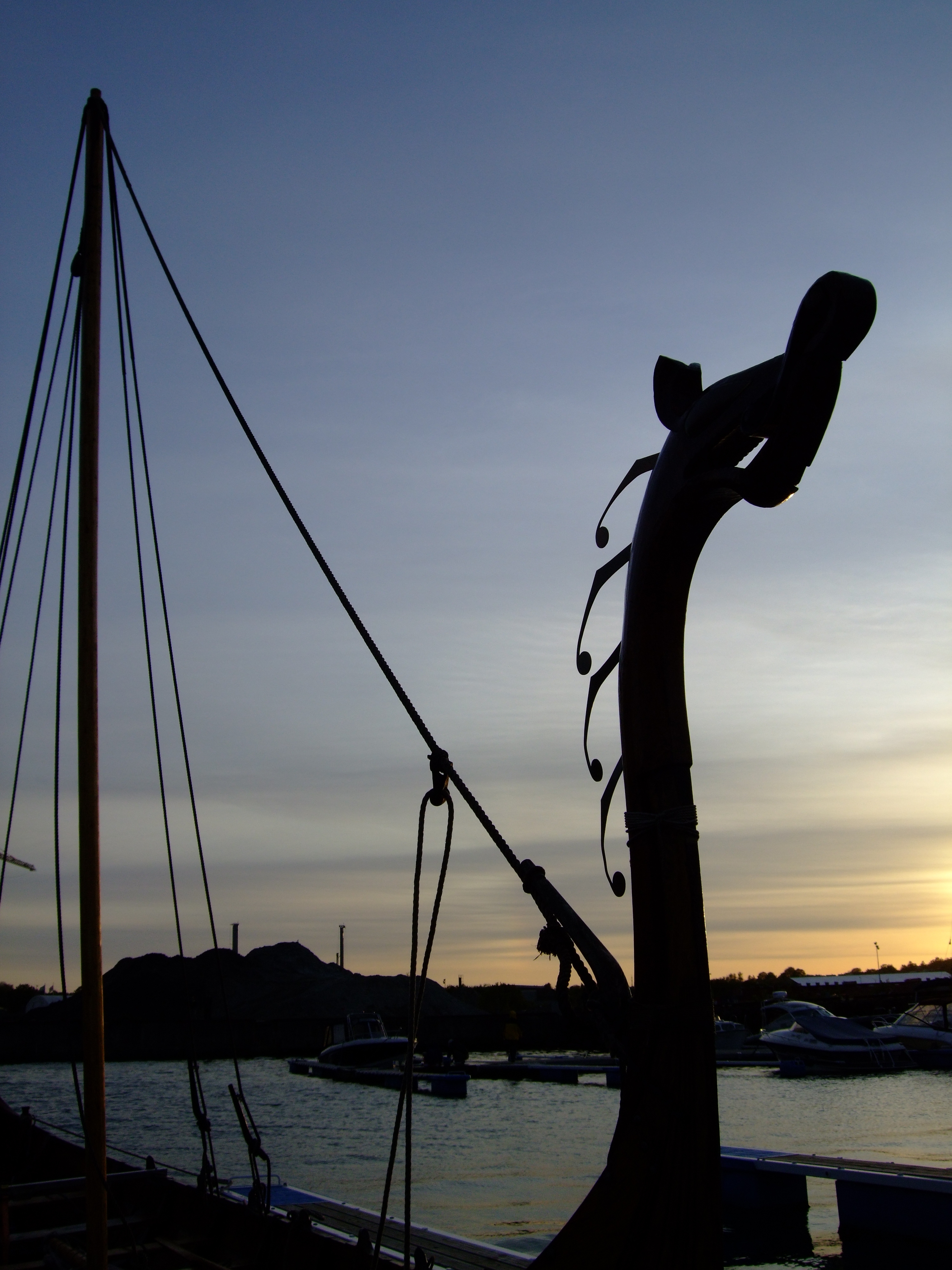Lincoln’s heritage is at the heart of the city and draws in visitors year on year. There are still so many recognisable historic buildings and architecture throughout the city today.
The greatest treasures left behind were the castle and the cathedral, by the Normans. Due to this, there is no wonder why the city’s Viking history gets lost amongst the clouds.
In the early medieval period, vikings travelled from Scandinavia to Great Britain and Ireland for a multitude of reasons. These included to raid, build settlements or to trade.
It was in the 9th and 10th century when the Vikings ruled Lincoln and they made it into a trading town. The population of the town was around 600, which was mainly concentrated in the south-eastern corner, where The Collection museum is today.
According to Jeremy Piercy, a historian at the University of Lincoln, he said it was an ideal location for trade as it was close to the coast which made it easier for importing and exporting oversees. Adding on, the own was not on the front lines, so there was no need for defences against Anglo Saxons.
Mr Piercy said that the vikings did not leave behind any significant buildings in their wake. “There is no evidence left of defences such as walls from that period time. The only indication of their settlement are street names.”
Street names and places such as: Bailgate and Danesgate still link to the Viking’s rule. ‘Gate’ comes from the Viking word ‘geat’ meaning street; so Danesgate is the Street of the Danes.
Adding on, the name Saltergate suggests salt was being brought up the Witham to Lincoln for trade.
Despite Lincoln’s Viking heritage being overlooked, it is still relevant to the city’s structure today.














